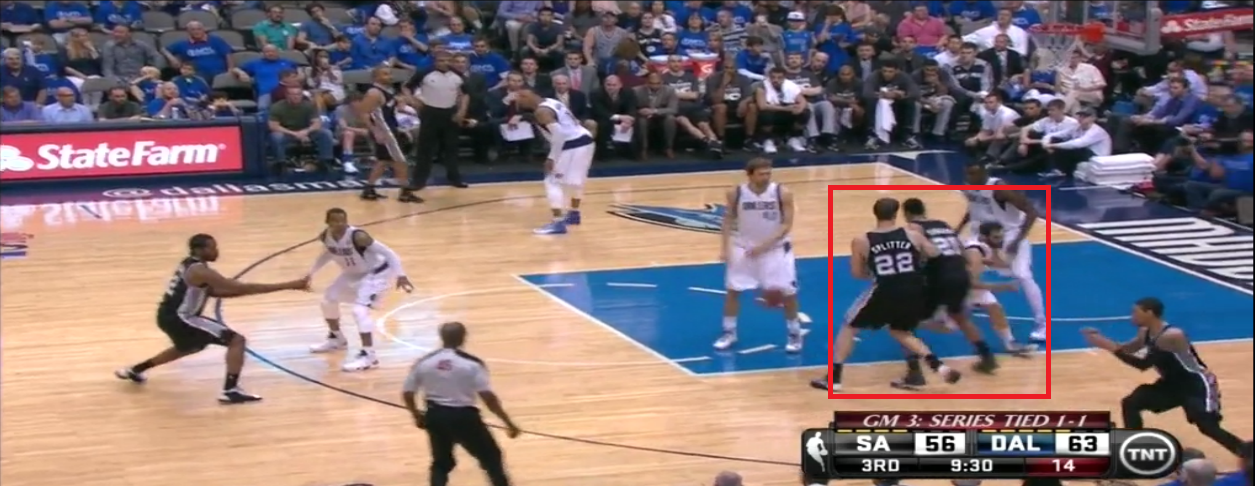In 10 words or fewer: Utility infielder lacks standout tools, but gets on base.
Position: INF | Age (2016): 25
Bats: L | Throws: R
Height: 5’10″ | Weight: 190
2015 Rank: Unranked
OFFENSE
Contact – C+. Sherman lacks the contact ability to be a true leadoff hitter, but he also makes enough contact to not fall victim to the bottom of the order blues. Sherman’s short, compact swing gives him the necessary skill set to be a passable offensive option at 2B.
Power – C. While Sherman generally bats one or two in your typical minor league lineups, he has enough power to hit around 10 HR a year, which is borderline Howie Kendrick type of power. This means that in short stints, he could reasonably hit 2-5 and not embarrass you. Still he profiles best in either leadoff or #9 role.
Discipline – A. And here is Sherman’s calling card as a prospect, his ability get on base. Before last season, he’d never posted an OBP south of .370, which is fantastic. However, discipline can be overlooked from time to time if the batting average does not come along, and Sherman’s struggled in this area.
Speed – B-. Johnson isn’t an elite base stealer, nor does he have top flight speed. But he’s a smart, aggressive baserunner with decent quickness, which results in his fair share of stolen bases. I made the connection between Sherman Johnson and Howie Kendrick before in the power section, and I think in the speed department we could make that same comparison. Keep in mind, in no way am I suggesting Sherman Johnson is as good as Kendrick, just simply that he has Kendrick’s speed and power.
DEFENSE
Arm – B. Johnson has an above average arm for second base, and just enough arm strength to pass as both a shortstop and a third baseman. More than anything, I’ve observed over the past couple years that despite unimpressive arm strength, Johnson’s arm is very accurate, and that has to count for something.
Fielding – B. As a third baseman, Johnson was pretty mediocre. As a shortstop, he was well below average. But as a second baseman, he’s well above average. This doesn’t necessarily bode well as a utility infielder, but if he were to contend for a starting second base job in the future, we could say that he wouldn’t hurt the Angels defensively.
Range – C+. Once again, this is really dependent upon where he’s playing. As a third baseman, his range graded out as “plus” across the board. As a shortstop in limited action, he’s graded out quite poorly. As a second baseman, he’s been average. This could make him an average major league defensive second baseman.
OVERALL
Performance – D. Sherman recorded enough extra-base hits, stole enough bases, played well enough defense, and reached base frequently enough to be considered adequate at second base. However, he hit only .204, with relatively poor contact, and little reason for him to play much at third base or shortstop. It was a tale of two seasons for Johnson. In the first half, it really looked like he would cruise to another successful season in AA and put himself in position to compete for a roster spot next year or the year after. But the second half collapse was pretty noticeable, and without any injury cause, we have to wonder if more advanced pitchers just figured out a way to exploit him. While it certainly wasn’t a lost season by any means, we expected a bit more from Johnson in the second half.
Projection – C. Sherman either projects to be a below average defensive and above average offensive utility infielder, or a below average starting second baseman. We really aren’t sure yet. But there still is a chance that he’s neither good enough on either side of the ball to compensate for other weaknesses. But there’s also the slight chance that something unknown was going on in the second half and that Johnson more resembles the player from 2014 in the Cal League. Time will tell.
What to expect in 2016 – I expect Sherman Johnson to repeat AA in hopes that he can conquer the level that confounded him for a half season last year. The issue here is that Johnson is going to be 25 years old next year, pretty much the oldest we can still classify someone as a prospect. It would be wise to expect at least a half season in the Texas League before moving onto the much more friendly Pacific Coast League.
Most Likely Scenario – After another full season of relatively underwhelming, but improved performance in AA, Johnson will spend a couple years in AAA and bounce between the majors and AAA. He’ll have his shot at a starting gig at second base, but with so many other options and his athleticism, a role as a utility infielder is much more likely. It couldn’t happen to a better guy either. Just loaded with intangibles.
Grade as a Prospect – C+. Because Sherman has a decent shot at a starting major league gig, the “plus” is added to his name. Still prospect rankings aren’t entirely kind to utility infielders, so we shouldn’t get carried away, especially given his age as a prospect.
Estimated Time of Arrival – 2018. Sherman still has some hurdles to cross before making his major league debut, namely AA and AAA, and it should take him a year or two to cross them.
Add The Sports Daily to your Google News Feed!

